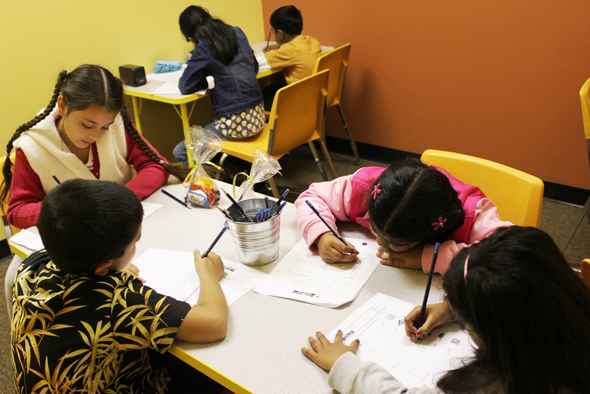Tips to Help Your Student Become a Better Learner
Between Common Core and the new SATs, the education landscape is changing. It can be just as daunting of a task for the parent to tackle a hard subject as it can be for the child. Deciphering what type of learner your child is can help him or her succeed if they are having difficulties learning. Knowing this is helpful for tackling the toughest subjects for your student, whether it is English, math, or science.
Below, you can familiarize yourself with three generally recognized learning styles: visual, auditory and kinesthetic. Below are examples from Indiana University’s Bepko Learning Center to determine which kind of learner your child is, and the best ways to help your student succeed.
Types of learners:
Visual
• Uses visual objects such as graphs, charts and pictures.
• Reads body language well and has a good perception of aesthetics.
• Able to memorize and recall various information.
• Tends to remember things that are written down.
• Learns better in lectures by watching them.
Auditory
• Retains information through hearing and speaking.
• Often prefers to be told how to do things and then summarizes the main points out loud to help with memorization.
• Notices different aspects of speaking.
• Often has talents in music and may concentrate better with soft music playing in the background.
Kinesthetic
• Likes to use a hands-on approach to learn new material.
• Is generally good in math and science.
• Would rather demonstrate how to do something rather than verbally explain it.
• Usually prefers group work more than others.
Helpful tips for your student’s learning habits:
Visual
• Turn notes into pictures, charts or maps.
• Avoid distractions (windows, etc.).
• Learn the big picture first and then focus on the details.
• Make mind and concept maps instead of outlines.
• Color code parts of new concepts in all notes.
• Use flash cards when trying to study vocabulary.
Auditory
• Record lectures and then listen to them.
• Repeat material out loud and in your own words.
• Discuss materials in a study group.
• Read textbooks out loud.
• Listen to wordless background music while studying.
Kinesthetic
• Take study breaks often.
• Learn new material while doing something active (e.g., read a textbook while on a treadmill).
• Chew gum while studying.
• Work while standing.
• Try to take classes with instructors who encourage demonstrations and fieldwork.
To help your student exceed his or her academics goals, a local resource, Best in Class, offers a variety of customized, supplemental enrichment courses and tutoring options to ensure your students are equipped with the tools they need this school year.
For more information about Best in Class services for your student, or about current franchising opportunities, visit www.bestinclasseducation.com or call toll free at 1.888.683.8108
Best in Class is targeting the addition of 20 more units in 2014. The state of Texas has been identified as a key state for growth. The current team behind Best in Class is looking for passionate and dedicated individuals to join this premier franchise family and ensure our youth will excel academically.

